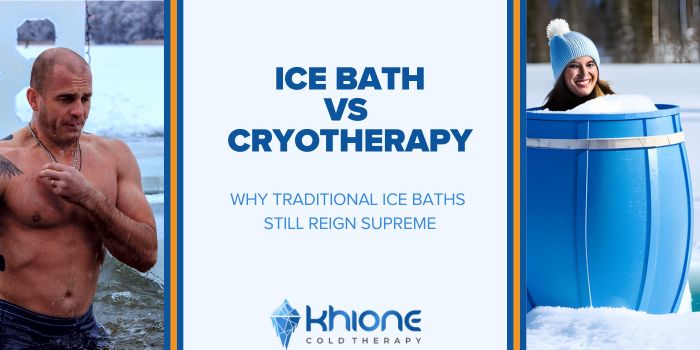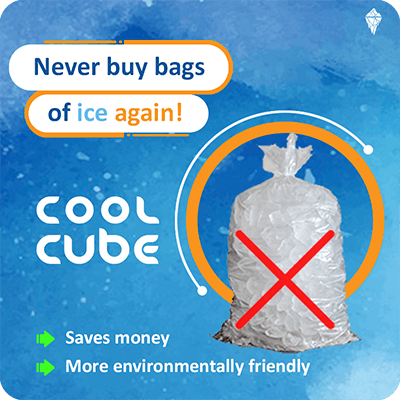Both ice baths and cryotherapy have been growing in popularity for their potential benefits to overall health, athletic performance, and recovery. With cryotherapy being a more modern technology, many might assume that it outshines traditional ice baths. However, ice baths still have a lot to offer and deserve a spotlight for their benefits. In this blog, we will discuss the pros and cons of both ice baths and cryotherapy and explain why ice baths remain an excellent option for many people.
Ice Baths: A Time-Tested Tradition
Ice baths, also known as cold-water immersion, have been used for centuries to help athletes and fitness enthusiasts recover from intense workouts and physical exertion. There are several key benefits to using ice baths that make them a fantastic option for those looking to improve their health and athletic performance.
- Cost-Effectiveness: One of the most significant advantages of ice baths is their affordability. All you need is a bathtub or large container, water, and ice. This makes ice baths accessible to virtually anyone, regardless of their financial situation.
- Muscle Recovery: Ice baths can help reduce inflammation and swelling in muscles, leading to a faster recovery process. This can be particularly beneficial for athletes and fitness enthusiasts who engage in high-intensity workouts.
- Ease of Use: Ice baths are straightforward to use and require no special equipment or training. You can easily set up an ice bath in your home and enjoy its benefits without needing to rely on a specialized facility.
- Mental Toughness: While it may not be the most enjoyable experience, enduring an ice bath can help build mental resilience and discipline. This can be a valuable skill for athletes and non-athletes alike.
Cryotherapy: The Modern Alternative
Cryotherapy is a more recent innovation that exposes individuals to extremely cold temperatures for a short period, typically 2-3 minutes. Cryotherapy chambers use liquid nitrogen to create temperatures as low as -200°F (-129°C). Proponents claim that this method offers many of the same benefits as ice baths, but with a few additional advantages:
-
- Shorter Duration: Cryotherapy sessions are typically much shorter than ice baths, requiring only a few minutes to complete. This can be an attractive feature for those who dislike spending more extended periods in cold water.
- Targeted Treatment: Cryotherapy chambers can target specific areas of the body, allowing individuals to focus on their problem areas. This can be helpful for treating specific injuries or muscle groups.
However, there are also some downsides to cryotherapy:
Cost: Cryotherapy sessions can be expensive, often costing $50-$100 per session. This can be prohibitive for individuals who want to use this treatment regularly.
Accessibility: Cryotherapy chambers are not as widely available as ice baths, and accessing them may require traveling to specialized facilities.
Lack of Research: While cryotherapy has gained popularity, there is still limited research on its long-term effects and benefits. More studies are needed to determine its true potential.
Conclusion
While cryotherapy has some attractive features, ice baths continue to be a cost-effective, accessible, and efficient method for improving recovery and performance. The affordability and ease of use make ice baths a more practical option for most people, and they have stood the test of time as a reliable recovery tool. Both options have their place, but for those looking to save money and embrace a time-tested tradition, ice baths remain the superior choice.





